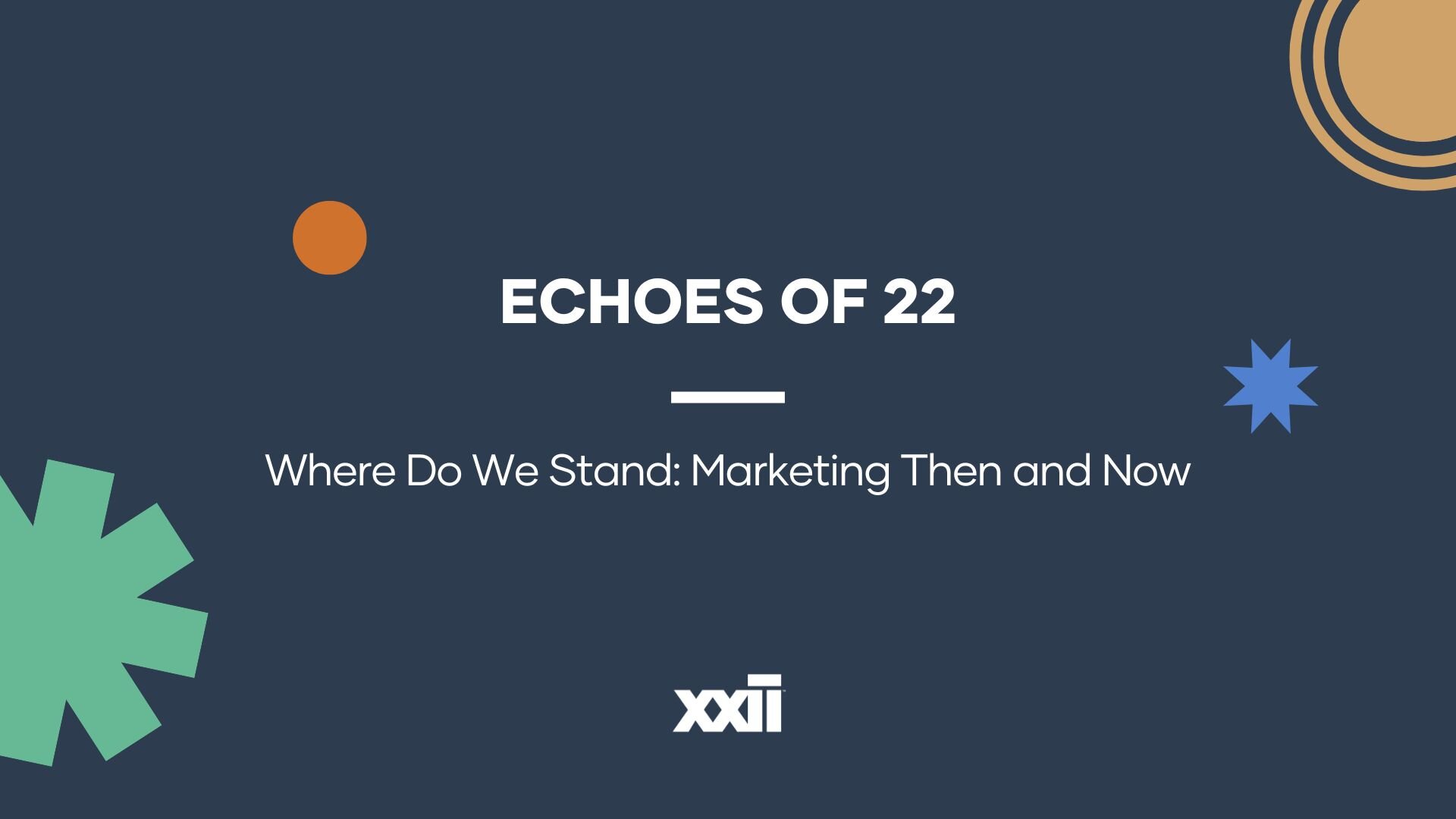
Creative, innovative, strategist—all of these are sought after traits in the marketing world. However, none of those words mean anything if there’s no focus to them. Your marketing should tell a story, a purposeful one that has an end-game. The most beautiful graphics or interesting video can’t help you if it doesn’t contain elements to support business growth. That’s where creative strategy comes in.
What is creative strategy?
Creative strategy is a focused marketing and advertising effort that clearly defines what a business is as a brand. The goal is to produce something unique and engaging, and can involve using creative risks.
How to Develop Your Creative Strategy
Developing a creative strategy begins with identifying your intended outcome. Without goals in mind, a clear strategy can’t take form or have purpose. The easiest way to do that is to ask questions so that you can create a custom solution. Examples of questions include:
- What are our customers looking for?
- What’s been effective for us in the past?
- What can we learn from?
- How can we change to keep up with the ever-evolving business and technology landscapes?
As a team, put your heads together to come up with questions that will gather detailed information that can assist you in developing a new or improved creative strategy. The questions should address brand and business needs by targeting consumer and industry insights. By extracting pertinent information you’ll be able to mold it into creative strategies.
Turn Your Creative Strategy into a Plan
The next phase involves getting from point A to point B. Once you’ve determined your goals and your creative marketing strategies, it’s time to figure out how to make them happen. Everyone in the company will need to get on board to be part of the effort. Assess the most effective way to reach your destination, and determine any potential issues or roadblocks that might pop up along the way. Look at what others in your industry have done, and what’s worked or not worked. Look at your own company’s strengths and weaknesses. When you develop plans, consider making one for each of your primary goals.
Your plans should allow you to see the paths that will influence the customer and encourage them into action. What action do you want them to take? That’s an essential piece of information. Provide intuitive paths that result in effective conversions.
Tell Your Story
All your communication should start with your story—it gives you purpose. What is it your company is trying to convey? What is your unique perspective? Everything should support the brand’s point of view. Your story should be the base foundation of your creative strategy.
Stay Current
Creative strategy should continue to evolve. It should look at industry trends, competition, new technology and continuous flow of change. As a company, stay involved in conferences and read about your field.
Long-term brand success depends on an authentic and purposeful creative strategy. Carefully and thoughtfully formulating your strategy might not be the quickest or easiest route to take, but it will be the one that sets you apart and gives you a recognizable tone that spurs business growth for years to come.




